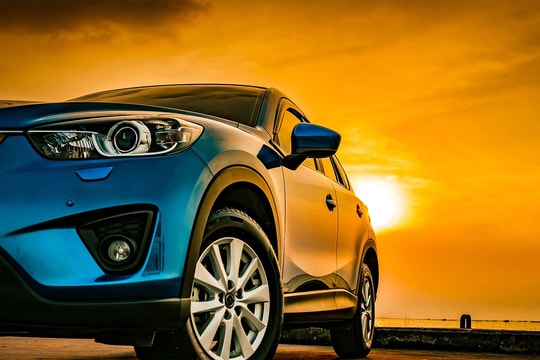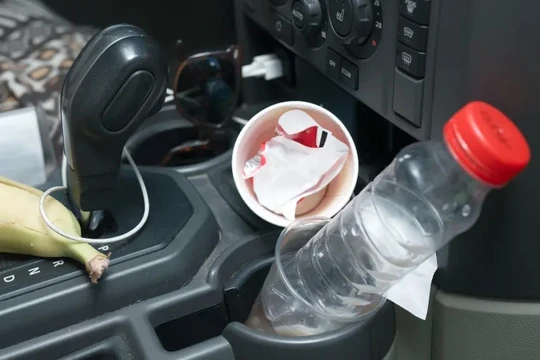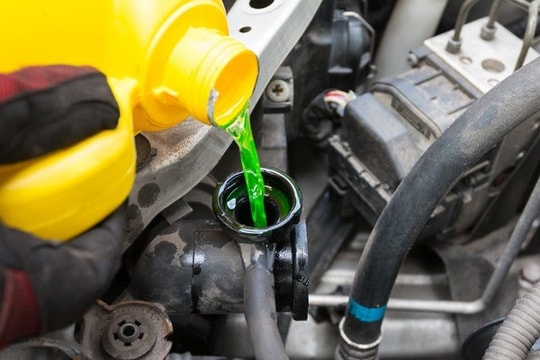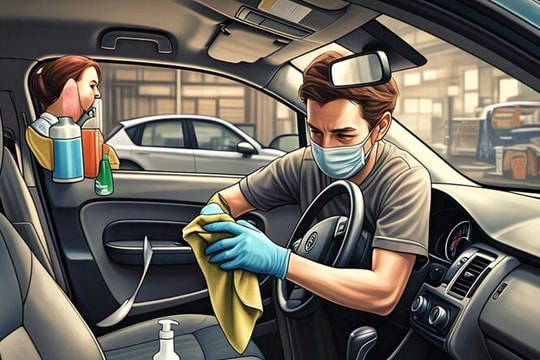Tips for fast charging car batteries
Even the best batteries can go temporarily 'dead' if you leave your car with the engine off and forget to turn off the lights.You can refer to some of the following ways to be able to "revive" your car in an emergency.
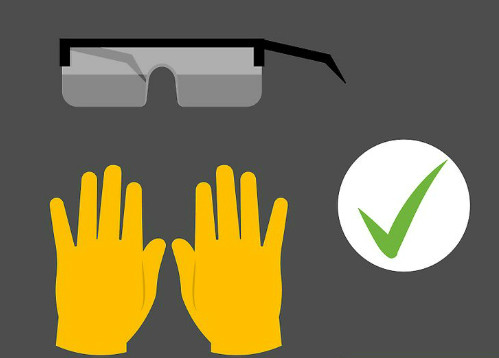 |
Start by always having safety equipment like goggles and gloves in your car. Goggles help you avoid sparks or liquids from the battery. Gloves can protect your hands when handling. In addition, when handling the battery, choose a location that is airy, well-lit and away from children. |
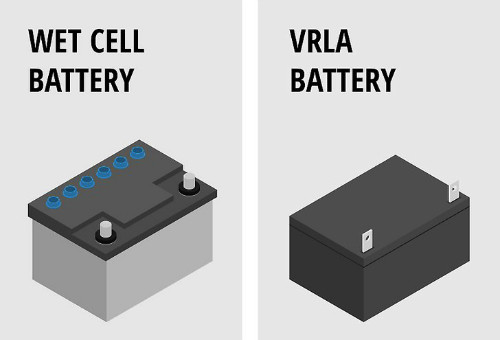 |
Determine the battery type. This information is usually written on the battery, if you can't find it you can search online by manufacturer name. There are usually two types of batteries: dry and wet. Most cars in Vietnam use dry batteries. |
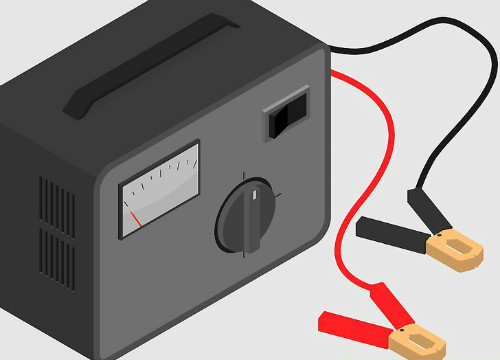 |
Use a car charger. You should have a battery charger in your car beforehand and keep it with you at all times. Some digital chargers will automatically stop when the battery is fully charged. Some older chargers have to be monitored to stop to avoid overcharging. Read the charger manual carefully to make sure you are using the right device. |
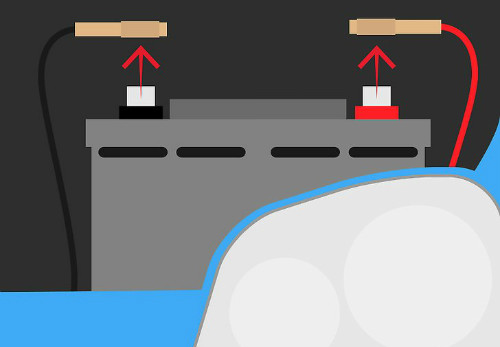 |
It is important to disconnect the battery before charging. If this is difficult, you can remove the battery from the vehicle. Disconnect the negative terminal first, then the positive terminal. |
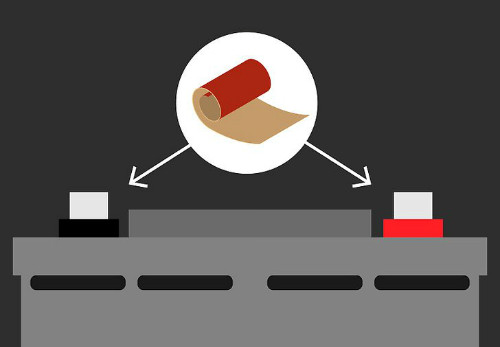 |
Clean the terminals. Dirt and rust will limit charging efficiency, so it is necessary to clean the terminals. You can use baking soda, a wet cloth, or sandpaper. Never touch the terminals with bare hands, especially when there is white powder. This is dry sulfuric acid, it can burn your skin if your hands come into direct contact. |
Activate the charger
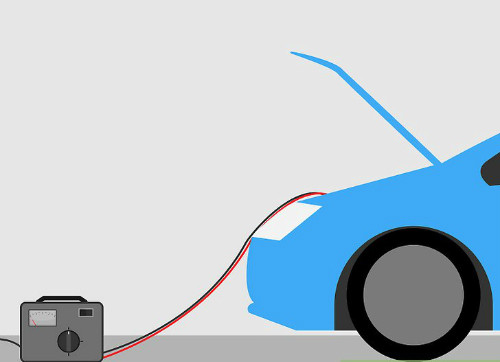 |
Do not place the charger directly on the battery as the positive and negative connections may short circuit or cause a fire. Before connecting the charger, make sure the area is well ventilated, and if indoors or in a garage, open the door. Place the charger in a stable place, preferably on flat ground to avoid falling. Use the full length of cable to create a distance between the battery and the charger - the further the better. |
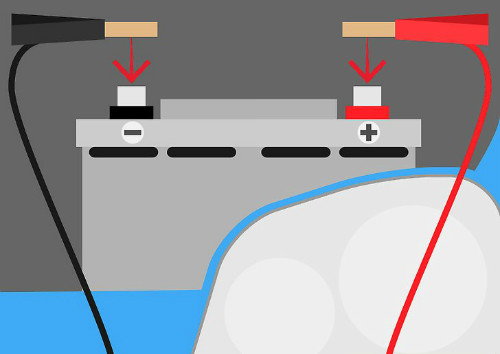 |
Clip the black cable from the charger with the negative (-) sign on it to the negative terminal on the battery marked with the same symbol. Then clip the red cable with the positive (+) sign to the positive terminal on the battery marked with the corresponding symbol. Check the connections carefully before turning on the charger as a mistake will damage the battery or even cause a fire. Some vehicles have the positive terminal marked POS instead of (+) and NEG instead of (-). |
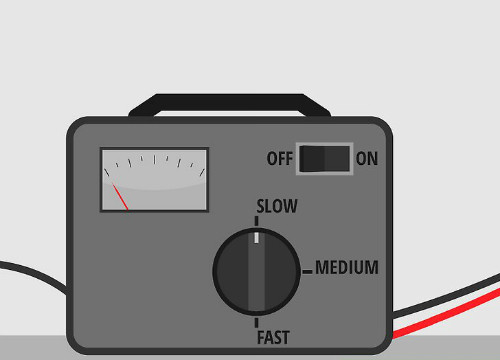 |
With digital chargers, the information will show the voltage level during the charging process, while older chargers only have an on and off switch. However, you should monitor the charging process to ensure that the power is always being charged to the battery or stop as soon as it is enough to avoid overcharging. After charging, you should start the car for a while before operating. |
How to use other car batteries
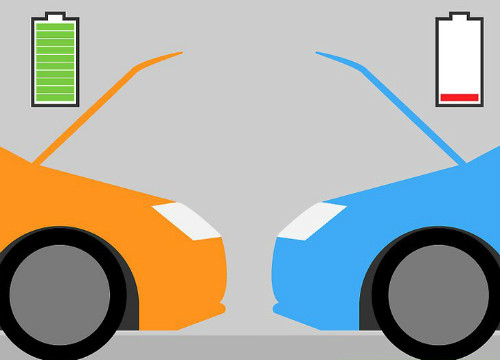 |
If you don't have a charger, you can "borrow" another car's power for a quick charge. Before parking, you need to determine the location of both batteries. Do not let the two cars touch each other, ensure the distance is appropriate for the length of the cable. Remember to pull the handbrake so that both cars are parked stably while charging. Turn off all unnecessary electrical devices. Start the rescue vehicle for a few minutes before operating. |
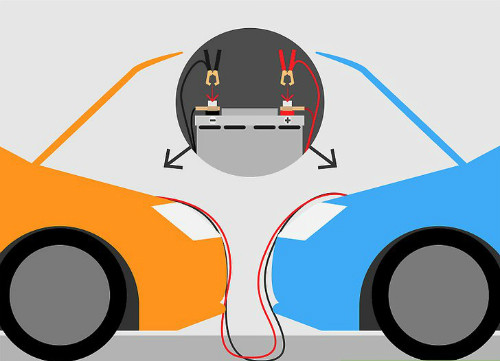 |
Clamp the positive (red) cable to the positive (+) terminal of the dead battery, connect the other end of the positive (red) cable to the positive (+) terminal of the recovery vehicle battery. Connect the negative (black) cable clamp to the negative (-) terminal of the recovery vehicle battery, connect the other end of the negative (black) cable to a rigid, unpainted metal fixture on the vehicle with the dead battery. When connecting the cables, to avoid accidents, do not put pressure on the battery or accidentally let the cables and clamps come into contact with anything other than the appropriate battery terminals or ground. |
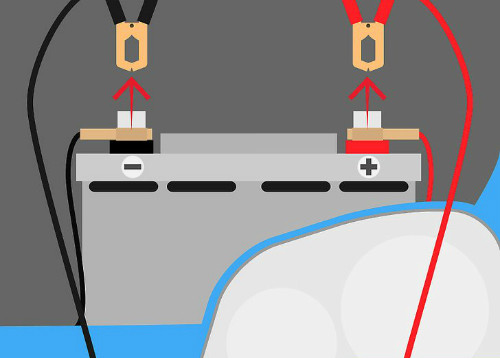 |
| Once finished, turn off the tow truck and try to start the dead car in the normal way. Once started, gently press the accelerator pedal to let the engine run at about 2000 rpm for a few minutes. |
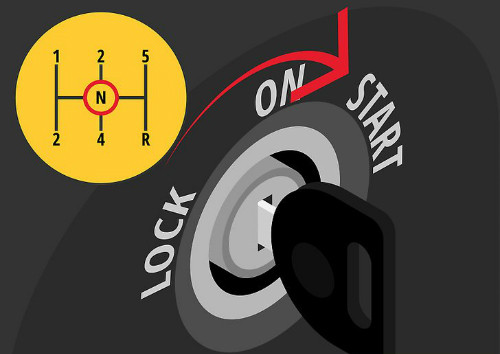 |
Once finished, turn off the tow truck and try to start the dead car in the normal way. Once started, gently press the accelerator pedal to let the engine run at about 2000 rpm for a few minutes. |
According to VNE
| RELATED NEWS |
|---|


